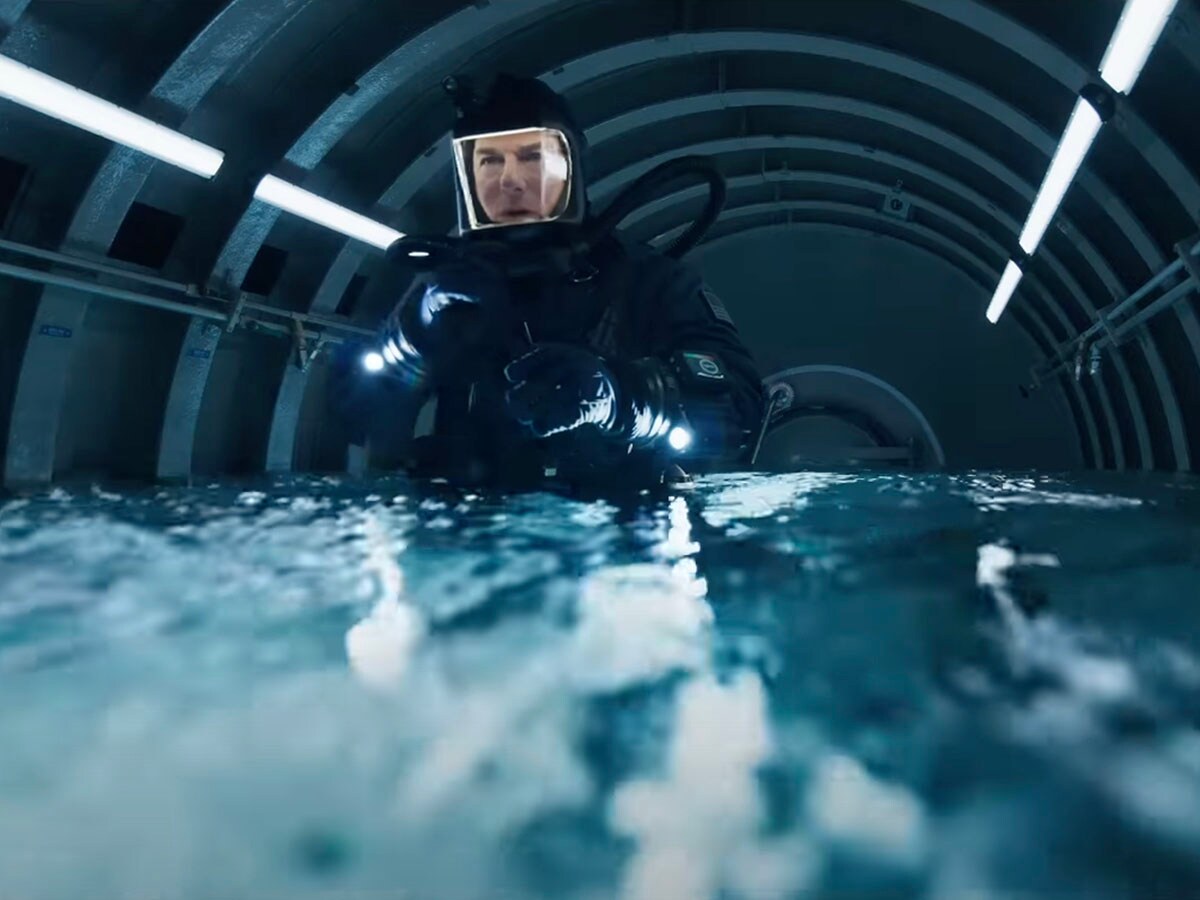Of humans, machines and what lies between them - Part 5
In a series of articles, Forbes India looks at films that have depicted artificial intelligence in unique ways, and raised some profound questions


If any film could be called the ‘source code’ of films about artificial intelligence (AI), it would be this. Written by Arthur C Clarke and Stanley Kubrick, and directed by the latter, although the plot of 2001: Space Odyssey is relatively uncomplicated, it is a powerhouse of pioneering concepts in cinematography, the sparing use of dialogues, the use of classical music in the background, and of course, costumes and set designs that, almost 60 years later, seem as contemporary as any other film today. The film was not very well received at the time. A section of the audience walked out of the film’s premiere, while others stayed on and jeered at it.
As it happens with ideas and works that are way ahead of their time, more than five decades after the film was released, Kubrick’s work is hailed as a masterpiece. For instance, its slow, monotonous and ponderous pace, which was roundly panned at that time, was later hailed as an ingenious method to effectively show how dull and lonely space travel can actually be. But what 2001… most stunningly depicted was the use and potential of artificial intelligence.
***
 American actors Gary Lockwood and Keir Dullea on the set of 2001: A Space Odyssey, written and directed by Stanley Kubrick. Image: Sunset Boulevard/Corbis via Getty Images
American actors Gary Lockwood and Keir Dullea on the set of 2001: A Space Odyssey, written and directed by Stanley Kubrick. Image: Sunset Boulevard/Corbis via Getty Images
In the last two editions of the Mission Impossible franchise, Entity is an all-powerful, malevolent AI programme that is gradually gaining access to, and, therefore, can control, various interconnected systems around the world. Powerful humans around the world, whether they are political leaders or individuals with ambitions of global domination, aim to control Entity and weaponise it in order to achieve their personal goals.
First Published: Jun 20, 2025, 13:41
Subscribe Now